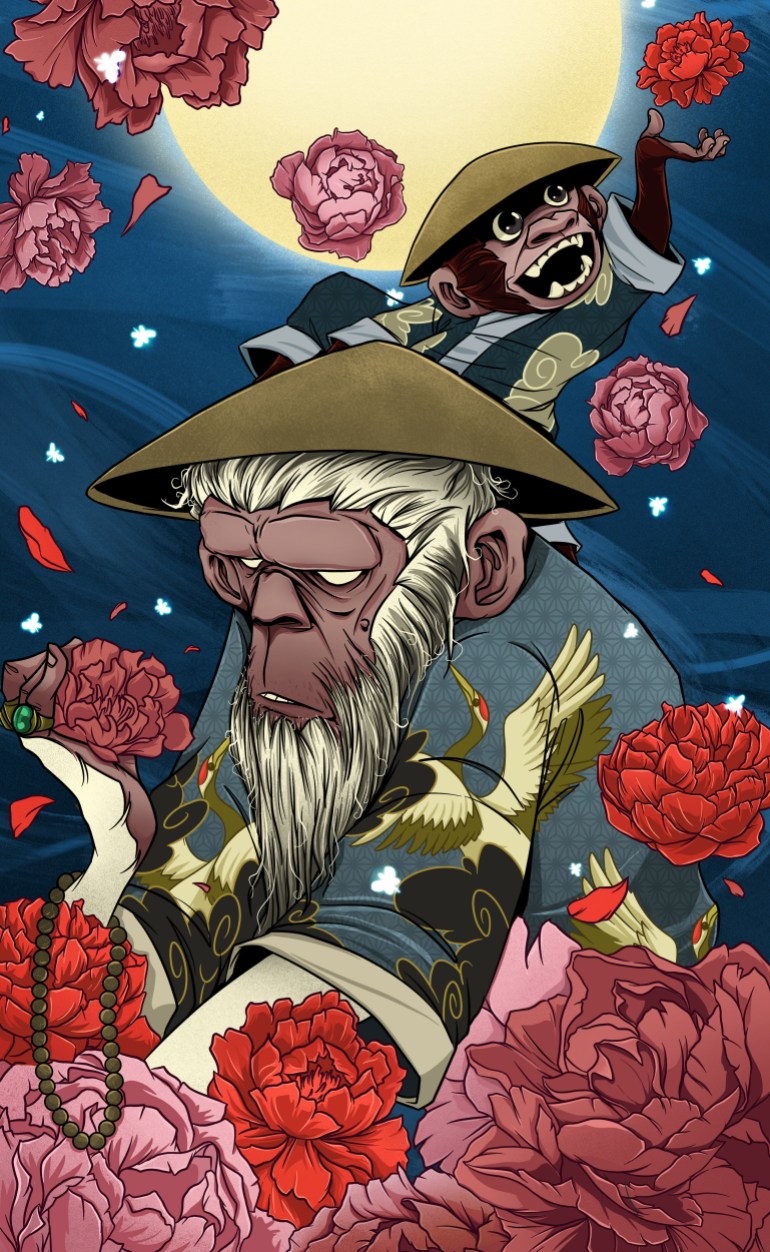Through an online auction on Thursday, the artwork of Ross Ulbricht, the imprisoned creator of the first major dark web illicit market, brought in more than $6 million.
According to a news report in NBC News, Ulbricht, 37, is serving a life sentence for offences related to the Silk Road, the first of several online black markets where people purchased and traded drugs, phoney IDs, and other illegal products — often using bitcoin. Ulbricht, a self-described libertarian and early bitcoin pioneer, is regarded as a cult hero by many cryptocurrency fans.
Ulbricht was convicted of charges relating to his Silk Road business, where users purchased and sold drugs, phoney ID cards, and other illegal products – often with Bitcoin — and is now receiving a life sentence.
Through the blockchain network that underpins cryptocurrencies, NFTs allow users to hold uncommon digital artefacts. NFTs can be used to own all types of art, tweets, music, GIFs, and other digital goods.
Ulbricht is selling the digital rights to ten of his works, including some paintings and sketches he made while inside, as well as childhood drawings. Ulbricht’s “Death,” a picture of a skull, is accompanied by an essay in which he considers his mortality while he spends his life in prison.
The work is owned by a nonfungible token, or NFT, which is a digital deed of ownership based on the same technology that powers most cryptocurrencies. While amateurs still buy and sell most NFTs of rare photographs, the market has surged this year, going from an estimated $400 million to $7 billion, according to JP Morgan.

The NFT sale is an once-in-a-lifetime opportunity for his followers, many of whom have profited from cryptocurrency’s fast growth in value in recent years, to help him while he is incarcerated.
A crowdfunded initiative by an organisation called FreeRossDAO, which ran an open fundraising for Ulbritch’s fans, was the buyer. When Ulbricht’s NFT collection was announced in November, the DAO was formed. According to the collection’s official website, the “Genesis Collection” includes Ulbricht’s essays and graphite pencil artworks created between boyhood and before his prison sentence.


